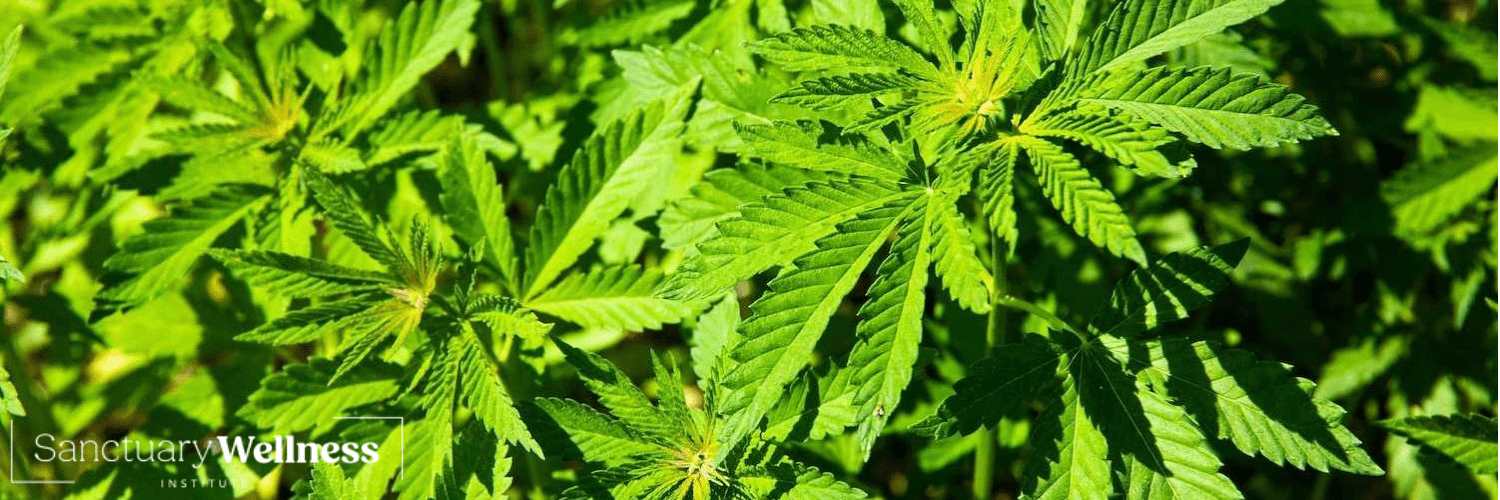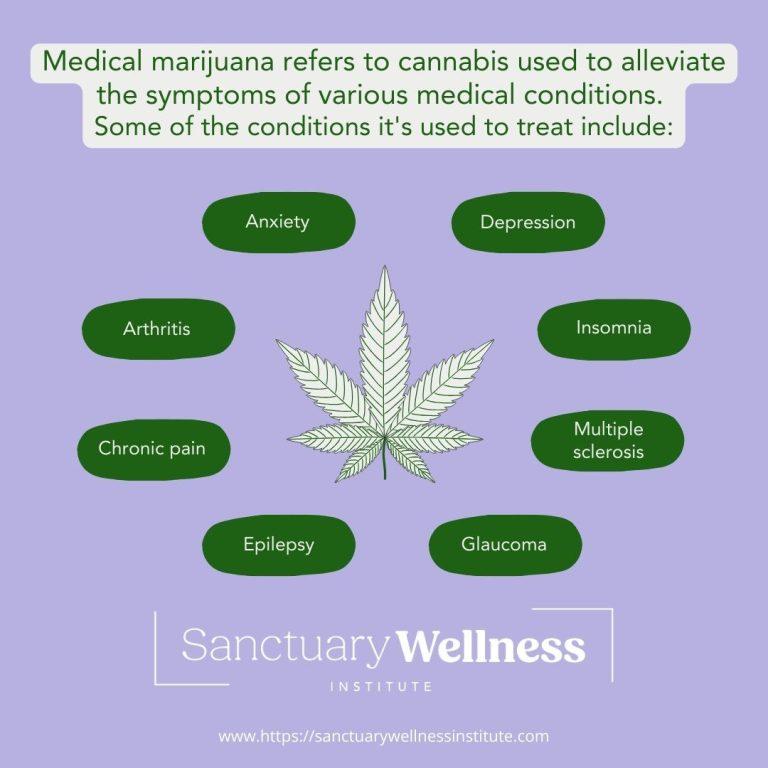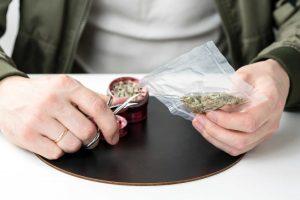What is the Difference Between Medical Marijuana and Recreational Marijuana?
- Jake Peter
- Published: November 26, 2021
- Updated: August 23, 2024
- Fact-checked by Dr. Desiree Granados

While both medical and recreational marijuana refer to the cannabis plant, their compositions and effects can differ. Understanding these differences is crucial to determining which type of cannabis is right for you. In this article, we’ll explore the primary distinctions between medical and recreational cannabis to help you make more informed decisions for your marijuana use.
I would say about 85% of the people that do walk in here are using it for medicinal purposes. Mhmm. And I would say maybe the other people that are coming in here just to get a little loose, maybe they are realizing that it’s helping them additionally more than they thought. So in that 7 month period, they were waiting for people to come back for their recertification. Attitudes are typically changed on the offense of the spectrum, but still does have a very big stigma that it’s a bad thing.
So people are a little nervous still when they walk out the door. Still, is this the right thing for me? And typically in that 7 months, they come back, and they are very, very grateful for what they have started this journey. We certainly pride ourselves here on educating people. It is a quick appointment, but we never throw anybody to the wolves.
The doors are always open. The phones are always on. Doctors provide emails for direct communication with any questions too.
While both medical and recreational marijuana refer to the cannabis plant, their compositions and effects can differ. Understanding these differences is crucial to determining which type of cannabis is right for you. In this article, we’ll explore the primary distinctions between medical and recreational cannabis to help you make more informed decisions for your marijuana use.
What Is Medical Marijuana and What Is it Used For?
Medical marijuana refers to cannabis used to alleviate the symptoms of various medical conditions. It’s prescribed by healthcare providers, and it can be consumed in various forms, including oils, edibles, tinctures, and cannabis flower. Medical marijuana interacts with the body’s endocannabinoid system to provide relief from pain, inflammation, and more.
Some of the conditions marijuana can be used to treat include:
- Anxiety
- Arthritis
- Chronic pain
- Depression
- Epilepsy
- Glaucoma
- Inflammatory bowel diseases (such as Crohn’s disease)
- Insomnia
- Multiple sclerosis
- Nausea from chemotherapy
- Post-Traumatic Stress Disorder (PTSD)
What Is Recreational Marijuana and What Is it Used For?
Recreational marijuana refers to cannabis that’s used for pleasure. Some of the various reasons people consume recreational cannabis products include:
- Relaxation: Many users find it helps them unwind and lower their stress levels.
- Creativity: It can be used to spark creativity and inspire new ideas.
- Sensory Pleasure: The flavors and aromas of different strains can be pleasurable.
- Altered Perception: It can enhance sensory perception, making music, art, and nature more stimulating.

Is There a Quality Difference Between Medicinal and Recreational Marijuana?
The quality of marijuana products can vary based on several factors, including cultivation and processing standards and local laws dictating potency and dosage. Some states hold medical and recreational dispensaries to the same standards, but others require those selling medical strains to follow stricter testing protocols, which can elevate their products’ quality.
To gauge the quality of a cannabis product, you can read its ingredients, research the name of the lab that tested it, and/or ask a dispensary employee for a certificate of analysis. In addition, be sure to shop at state-licensed dispensaries.
What Are the THC and CBD Levels in Medicinal vs. Recreational Weed?
The differences in THC (tetrahydrocannabinol) and CBD (cannabidiol) levels between medicinal and recreational cannabis can be significant.
Medicinal cannabis is typically cultivated to have higher concentrations of CBD, which is known for its therapeutic properties and non-psychoactive effects. This higher CBD content allows patients to manage symptoms such as pain, anxiety, and inflammation. In contrast, recreational cannabis often contains elevated THC levels to provide stronger psychoactive effects.
That said, the composition of both medicinal and recreational cannabis can vary from state to state and even from dispensary to dispensary.
What Is the Legal Status of Medical vs. Recreational Cannabis?
To date, 38 U.S. states have legalized medical cannabis (in some form) for patients with qualifying conditions. In contrast, recreational cannabis has been legalized in 24 states. In most states where it’s legal, patients seeking to obtain medical cannabis must receive a doctor’s recommendation and apply for a medical marijuana card, whereas recreational users can purchase cannabis from local dispensaries without either.
Medical marijuana cardholders tend to enjoy higher purchase and possession limits than recreational users. In addition, they typically pay lower taxes on cannabis products.
What Are Medical vs. Recreational Prices?
The prices of medical and recreational cannabis can vary depending on local cannabis laws. That said, medical marijuana is typically more affordable since it’s not taxed as heavily as recreational marijuana. At some dispensaries, those with medical marijuana cards also enjoy access to special discounts and promotions.
Conclusion
In summary, both medical and recreational marijuana offer unique benefits and experiences tailored to their respective users. While medical cannabis can alleviate symptoms of various medical conditions thanks to its high concentrations of CBD, recreational cannabis provides psychoactive effects and enhanced sensory experiences via high concentrations of THC. The best choice for you will depend on the effects you’re seeking to achieve.
If you have a qualifying condition, medical cannabis could provide the relief you’ve been looking for. At The Sanctuary Well Institute, our medical marijuana doctors help people get their medical card so they can access the treatment they need. Get in touch with us to learn more.
States Where We Offer Medical Marijuana Card Services
How we reviewed this article:
- Stacia Woodcock (2024). What’s the Difference Between Medical Marijuana and Recreational Weed?
https://www.goodrx.com/classes/cannabinoids/medicinal-vs-recreational-weed-marijuana - Dominic McKenzie (2021). Knowing the differences between medical and recreational marijuana
https://spectrumlocalnews.com/nys/hudson-valley/news/2021/06/24/the-differences-between-medical-and-recreational-marijuana
Current Version
August 23, 2024
Written By
Jake Peter
Fact-checked By
Dr. Desiree Granados
Editorial Process
Our Editorial Process
First Published
November 26, 2021
Written By
Jake Peter
Fact-checked By
Dr. Desiree Granados
Editorial Process
Our Editorial Process

Jake Peter received his journalism degree from Emerson College and has been writing content for the Sanctuary Wellness Institute since 2021. He is passionate about all things cannabis.







